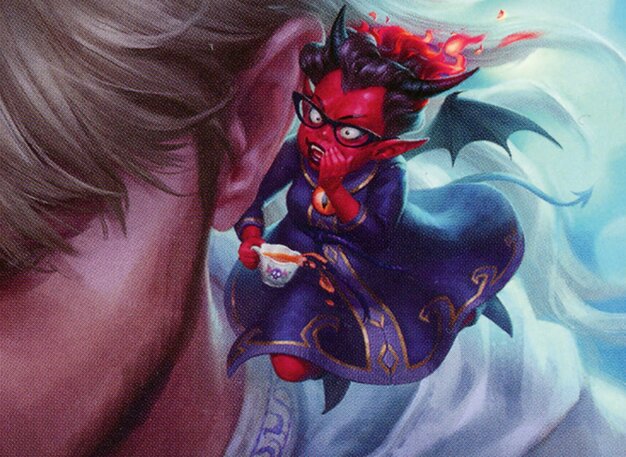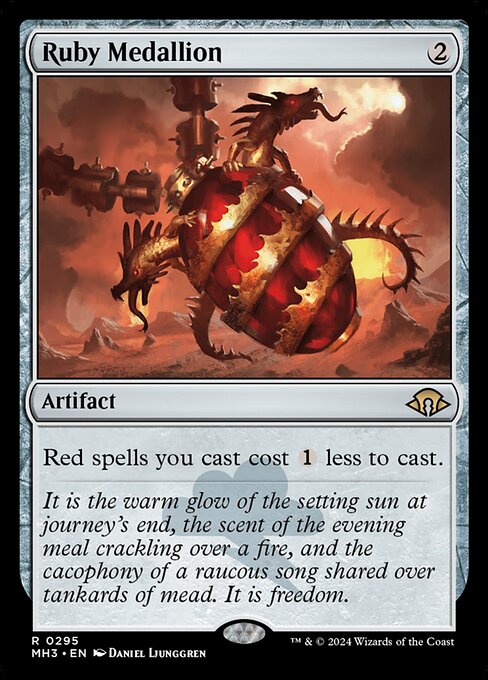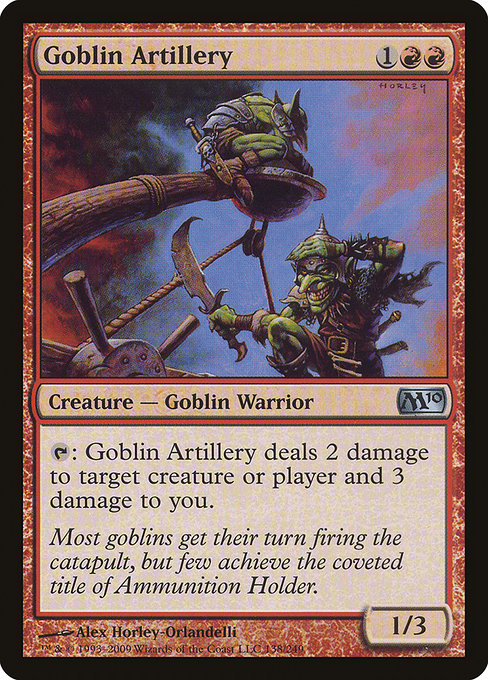Deck & Commander Strategies

Teval, the Balanced Scale
A mill and recursion strategy that mills cards from the library and returns lands from the graveyard, generating zombie tokens to create a growing board presence and outlast opponents.

Loot, the Pathfinder
A midrange deck focused on ramping mana, finding key spells quickly, and using efficient creatures and burn spells to control the board and push for victory.

Auntie Blyte, Bad Influence
An aggressive damage and counters deck that punishes opponents by dealing damage to themselves and others, generating incremental value through one-counters and board control.

Elsha, Threefold Master
A spell-slinging deck that leverages casting and copying instants and sorceries to generate card advantage and set up powerful combos for a game-winning burst.
Gameplay Insights
- 1
Teval's ability to mill cards and return lands to the battlefield allowed her to steadily build a zombie army that pressured opponents and provided resilience.
- 2
Auntie Blyte’s synergy with damage dealt to herself and opponents created a unique control element that punished aggressive plays and rewarded calculated risk-taking.
- 3
Elsha’s spell-copying potential created opportunities for explosive turns, but required careful timing and protection to avoid disruption.
- 4
Loot’s ramp strategy showed vulnerability to aggressive early plays and removal, emphasizing the need to secure board presence quickly.
Notable Cards
-

Teval, the Balanced Scale
-

Elsha, Threefold Master
-

Auntie Blyte, Bad Influence
-

Loot, the Pathfinder
-

Ruby Medallion
-

Goblin Artillery
Gameplay Summary
The game began with players deploying their commanders and setting up their mana bases, with a notable slow start from Teval, the Balanced Scale, who aimed to leverage her unique milling and land recursion abilities.
Elsha, Threefold Master focused on spellcasting and leveraging her prowess in chaining instant and sorcery spells to gain advantage.
Auntie Blyte, Bad Influence used aggressive tactics to control the board and punish opponents through damage and counters, while Loot, the Pathfinder aimed to ramp and find key cards for a midrange strategy. A key turning point came when Teval started milling cards and generating zombies, building a growing board presence that pressured opponents.
Auntie Blyte’s damage-based triggers and counters created tension by punishing self-damage and controlling the pace of combat.
Meanwhile, Elsha sought to capitalize on her ability to copy spells, aiming for a combo finish, but faced disruption from opposing removal and control elements.
Loot’s attempts to ramp and stabilize were hindered by targeted removal and pressure from Auntie Blyte.
The gameplay featured dynamic interactions around graveyard synergies, token generation, and spellcasting combos, with the game ultimately revolving around board control and leveraging unique commander abilities to outvalue the opponents.



































